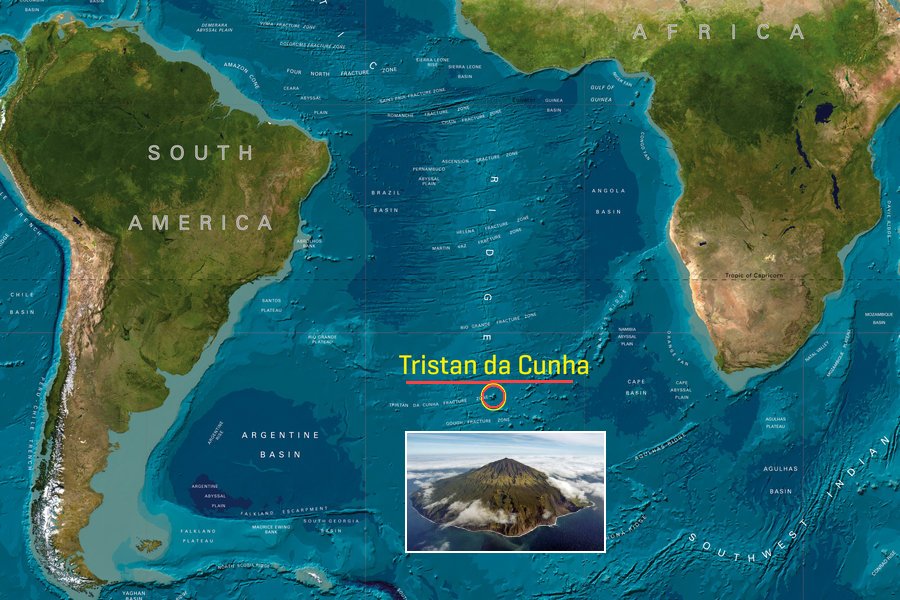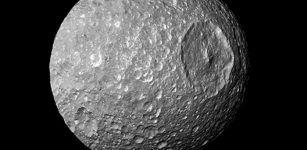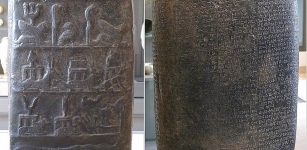Tristan da Cunha: The Remotest Inhabited Island
MessageToEagle.com – Tristan da Cunha is a 38-square-mile volcanic outpost and the remotest inhabited island in the world, according to the Guinness Book of Records.
It’s situated 1,510 miles southwest of its nearest neighbor, St. Helena, and 1,950 miles west of Africa. Discovered by the Portuguese admiral of the same name in 1506, and settled in 1810, the isle belongs to Great Britain and has a few hundred residents.

Coming in a close second – and often wrongly cited as the most distant land – is Easter Island, located 1,260 miles east of its nearest neighbor, Pitcairn Island, and 2,300 miles west of South America.
See also: Amasia – New Future Supercontinent
The mountainous 64-square-mile island was settled around the 5th century, supposedly by people who were lost at sea. They had no contact with the outside world for more than a millennium, giving them plenty of time to construct more than 1,000 enormous stone figures, called moai, for which the island is most famous.
On Easter Sunday, 1722, however, Dutch settlers moved in and gave the island its name. Today, 2,000 people inhabit the Chilean territory. They share one paved road, a small airport, and a few hours of television per day.
MessageToEagle.com
Expand for referencesReferences:
Related Posts
-
 All Hail Mimas: Our ‘Death Star’ Moon
No Comments | Dec 20, 2015
All Hail Mimas: Our ‘Death Star’ Moon
No Comments | Dec 20, 2015 -
 Kudurru Of Melishihu – Stone Records From The Kassite Dynasty In Babylonia
No Comments | Jan 17, 2016
Kudurru Of Melishihu – Stone Records From The Kassite Dynasty In Babylonia
No Comments | Jan 17, 2016 -
 The Eyes Of A Future Alien Astronomer – What Will They See?
No Comments | Feb 24, 2012
The Eyes Of A Future Alien Astronomer – What Will They See?
No Comments | Feb 24, 2012 -
 Fascinating Legend Of The Seven Sleepers Of Ephesus
No Comments | Oct 31, 2016
Fascinating Legend Of The Seven Sleepers Of Ephesus
No Comments | Oct 31, 2016 -
 Can Humans Sense Good And Bad Energy From A Place Or Other People?
No Comments | Mar 29, 2018
Can Humans Sense Good And Bad Energy From A Place Or Other People?
No Comments | Mar 29, 2018 -
 Moths Are Masters Of Disguise
No Comments | May 4, 2016
Moths Are Masters Of Disguise
No Comments | May 4, 2016 -
 Mysterious Never Identified Underwater Structure
No Comments | Jul 26, 2015
Mysterious Never Identified Underwater Structure
No Comments | Jul 26, 2015 -
 Advanced Ancient Technology – Talos A Greek Robot Created By The God Of The Forge
No Comments | Jun 28, 2014
Advanced Ancient Technology – Talos A Greek Robot Created By The God Of The Forge
No Comments | Jun 28, 2014 -
 Illuminati: Facts And History About The Secret Society
No Comments | Mar 30, 2017
Illuminati: Facts And History About The Secret Society
No Comments | Mar 30, 2017 -
 Blue Aurora On Jupiter Can Be Bigger Than The Size Of Earth
No Comments | Jan 25, 2017
Blue Aurora On Jupiter Can Be Bigger Than The Size Of Earth
No Comments | Jan 25, 2017
